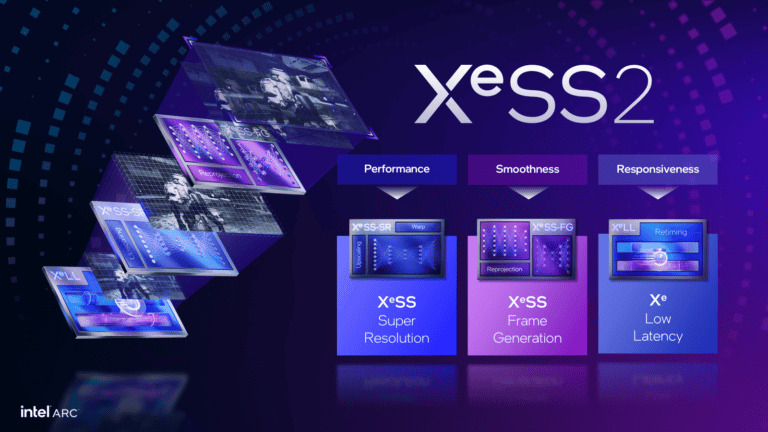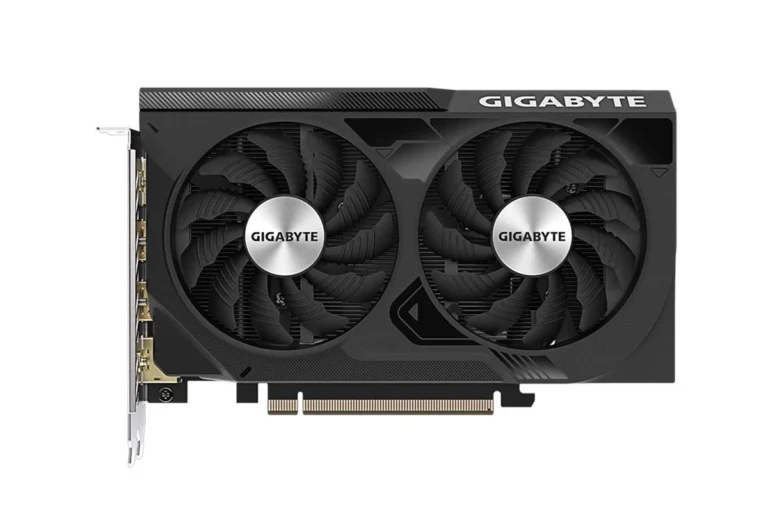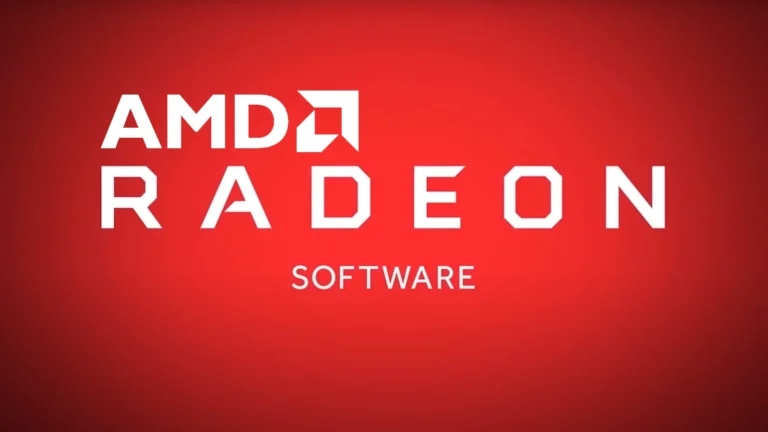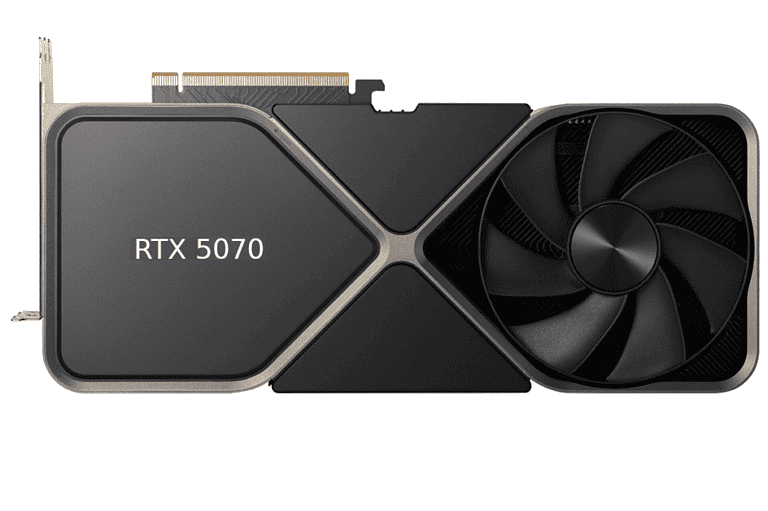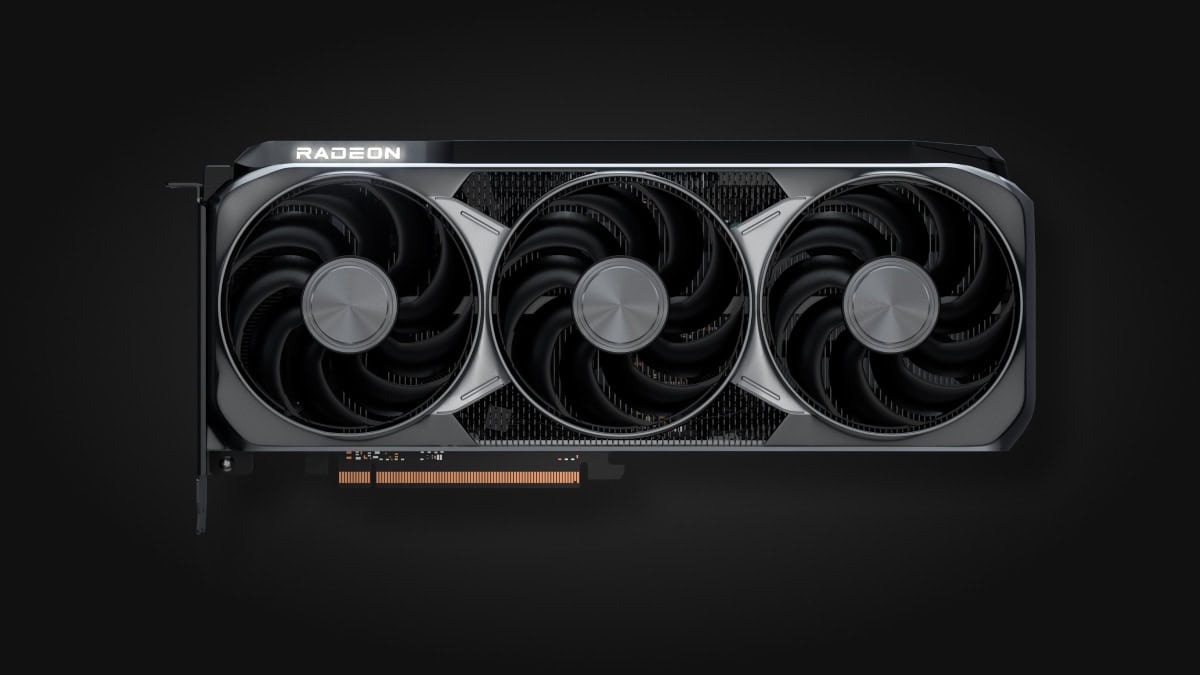
After months of tight inventory and inflated resale prices, there’s finally a light at the end of the tunnel for gamers and PC builders waiting on AMD’s Radeon RX 9070 series GPUs. Industry insiders now project that supply for both the RX 9070 and RX 9070 XT will begin to stabilize starting in May 2025, with consistent availability expected to follow through June. This marks a major turning point in what’s been a frustrating launch cycle for one of AMD’s most highly anticipated graphics cards.
Supply Chain Bottlenecks Easing
Much of the RX 9070’s scarcity stemmed from lingering global supply chain disruptions that have impacted semiconductor production, logistics, and component sourcing. These issues affected not just AMD, but the broader GPU market as well. Now, with manufacturing yields improving and logistics normalizing, board partners are ramping up shipments, and weekly restocks are starting to become more reliable.
The result? Buyers who have been unable to find these cards at reasonable prices may finally get their shot—without having to compete with scalpers or pay excessive markups.
Performance Meets Price (Finally)
The RX 9070 series has earned praise for its balance of performance and value. Built on AMD’s RDNA 4 architecture, these cards deliver powerful 1440p and even 4K gaming capabilities at a significantly lower price point than NVIDIA’s competing offerings. Features like enhanced ray tracing support, improved efficiency, and wider memory bandwidth make the RX 9070 XT a strong contender for gamers seeking high-end performance without spending over $800.
However, all of that performance has been difficult to experience firsthand due to inventory shortages. With availability normalizing, AMD is expected to refocus efforts on keeping MSRP pricing intact—a welcome change for buyers who have watched street prices skyrocket since launch.
Market Impact and Buyer Tips
As RX 9070 inventory improves, it may create downward pricing pressure across both AMD and NVIDIA mid-to-high-end GPU lineups. Resellers who’ve held back inventory for profit may find themselves needing to offload stock as retail availability returns. Meanwhile, consumers who’ve delayed their builds now have a better shot at getting cutting-edge hardware at fair market value.
For those still in the market, patience will pay off. Retailers are likely to restock frequently over the coming weeks, and waiting for these official drops will be the best way to avoid scalper pricing. Keep a close eye on trusted retailers, manufacturer sites, and official alerts from AMD board partners.
If projections hold true, the RX 9070 series could become one of the first RDNA 4 launches to fully recover from post-pandemic supply chain chaos—a signal that 2025 might finally bring balance back to the GPU market.
Key Takeaways
- AMD Radeon RX 9070 GPU supply is expected to stabilize after April 2025, ending months of shortages and inflated prices.
- You should have better access to these graphics cards at their intended MSRP starting in May, according to board partner Yeston.
- The improved availability could influence the broader GPU market and affect NVIDIA’s pricing and competitive position.
Market Overview
The graphics card market has faced significant challenges with supply constraints affecting AMD’s RX 9070 series availability since its release. These supply issues are expected to resolve in the coming weeks according to manufacturer reports.
Current GPU Market Dynamics
The GPU market in early 2025 continues to experience high demand amid limited supply. AMD’s Radeon RX 9070-series graphics cards remain nearly impossible to find at MSRP, creating frustration for gamers and content creators.
Retail channels show widespread stock shortages, with many stores listing the cards as “out of stock” or offering them at inflated prices. Board partners have struggled to meet demand due to component shortages and production limitations.
You might have noticed that when units do become available, they sell out within minutes. This has created a secondary market where scalpers list the GPUs at 20-30% above MSRP on marketplace sites.
Manufacturers like Yeston have acknowledged these issues, with reports indicating the supply problems will improve soon.
RX 9070 Series Market Position
The RX 9070 series represents AMD’s mid-to-high performance segment, offering strong value at its intended price point. These cards target the sweet spot between performance and affordability in the GPU market.
Despite limited availability, the RX 9070 has garnered positive reviews for its performance-per-watt improvements over previous generations. When actually found at MSRP, these cards offer compelling value against competitors.
Chinese GPU maker Yeston says that stocks for the RX 9070 should stabilize after April, which could help AMD capture more market share in Q2 2025.
You can expect more consistent pricing once supply improves, potentially helping AMD establish a stronger position in the mid-range market where many gamers make their purchasing decisions.
Competition with Nvidia RTX 50 Series
Nvidia’s RTX 50 series continues to dominate the high-end market, putting pressure on AMD’s newest offerings. The RTX 50 series launched with better initial stock availability, giving Nvidia an early advantage despite higher price points.
Performance comparisons show the RX 9070 competing effectively against equivalent RTX models in rasterization performance, though Nvidia maintains an edge in ray tracing and AI-accelerated applications.
AMD might see its best market share increase in a long time once supply stabilizes, potentially challenging Nvidia’s dominance in certain segments.
You should consider how the improved driver support from AMD has narrowed the gap in real-world gaming scenarios, making the choice between brands more about feature preferences than raw performance in many cases.
RX 9070 GPU Features and Performance
The RX 9070 brings considerable improvements over previous generation cards with its RDNA 4 architecture. This mid-to-high range GPU offers excellent value while delivering performance that meets the demands of modern gaming and content creation.
Technical Specifications
The AMD Radeon RX 9070 features 16GB of GDDR6 memory on a 256-bit memory bus, providing 512 GB/s of memory bandwidth. It contains 40 compute units with 2560 stream processors and operates at a game clock of 2.5 GHz, with boost capabilities up to 2.7 GHz.
Power consumption sits at a reasonable 220W TDP, requiring an 8-pin and 6-pin power connector. The card supports PCIe 4.0 x16 and includes:
- 3x DisplayPort 2.1
- 1x HDMI 2.1a
- Hardware-accelerated ray tracing (2nd generation)
- AI acceleration via dedicated matrix cores
Built on TSMC’s 5nm process, the RX 9070 maintains efficient thermal performance even under heavy loads, with most partner cards featuring dual or triple-fan cooling solutions.
Gaming Performance Comparison
The RX 9070 delivers impressive frame rates at 1440p resolution, where it truly shines. In modern AAA titles, you can expect:
| Game | 1440p Performance | 4K Performance |
|---|---|---|
| Cyberpunk 2077 | 95 fps | 55 fps |
| Forza Horizon 5 | 120+ fps | 75 fps |
| Call of Duty | 130+ fps | 80 fps |
| Elden Ring | 110 fps | 65 fps |
Compared to the previous generation RX 7700 XT, the 9070 offers approximately 25-30% better performance. Against competitors, it trades blows with higher-tier cards while maintaining a more attractive price point.
The RX 9070 XT variant pushes performance about 15% higher, making it suitable for high-refresh 1440p gaming or more comfortable 4K experiences.
Innovations in RDNA 4 Architecture
RDNA 4 brings several key architectural improvements that benefit the RX 9070. AMD has enhanced the Infinity Cache to 96MB, reducing memory latency and improving bandwidth efficiency.
The second-generation ray tracing accelerators deliver up to 50% better ray tracing performance compared to RDNA 3. This makes ray-traced effects more viable without severe performance penalties.
New AI-focused matrix engines provide 2x the AI computation capability, improving performance in games using frame generation technologies. AMD’s FSR 3.2 technology works particularly well on this hardware.
Power efficiency has also improved, with 15% better performance-per-watt than previous generation cards. The architecture includes upgraded media engines with AV1 encoding capabilities up to 8K, benefiting content creators and streamers.
Pricing and Availability
Finding the AMD Radeon RX 9070 at its intended price point has been challenging since launch. Multiple factors have affected both pricing and stock levels, with recent information suggesting improvements on the horizon.
MSRP and Retail Pricing
The AMD Radeon RX 9070 launched with an MSRP of $549, positioning it as a mid-to-high-end GPU option. However, actual retail prices have been significantly higher, with many cards selling for $650-750 at major retailers.
This price inflation stems from limited supply and high demand. Some retailers have implemented lottery systems and waiting lists to manage the limited stock, but these measures haven’t prevented price gouging in the secondary market.
Custom partner models with enhanced cooling and factory overclocks command even higher premiums, with some premium variants from ASUS, MSI, and Sapphire reaching $800-850.
Expected Stabilization in April 2025
According to Yeston, an AMD board partner, the RX 9070 supply will stabilize after April. This information aligns with AMD’s production timeline adjustments made in response to the shortage.
The manufacturer has reportedly shipped around 200,000 RX 9070 cards already, but demand has far outpaced this initial supply. Industry analysts expect prices to normalize closer to MSRP as inventory improves in late April and early May.
Several factors contributed to the supply constraints:
- Manufacturing yield issues
- Component shortages
- Logistical challenges
- Increased demand from gaming and AI applications
Retailer Landscape
Major retailers like Amazon, Best Buy, and Newegg have implemented different strategies to handle limited RX 9070 stock. Best Buy has occasionally offered in-store only purchases with strict one-per-customer limits to discourage scalpers.
Newegg’s shuffle system gives you a chance to purchase cards through randomized selection, though success rates remain low. Their inventory typically depletes within minutes of restocking notifications.
Amazon has struggled most with scalpers, with third-party marketplace sellers listing cards at significant markups. You might find better availability through smaller specialty retailers that cater to PC enthusiasts, though often at higher prices.
Some retailers have started bundling RX 9070 cards with other components or requiring PC building services, effectively increasing the total purchase price while guaranteeing availability.
Impact on Consumers and Industry
The upcoming stabilization of RX 9070 GPU stock will create ripple effects throughout the market, affecting how gamers make purchasing decisions and forcing retailers to adjust their strategies. Custom designs from AIB partners will also become more accessible as supply constraints ease.
Adaptation Among Gamers
Gamers who have been waiting for RX 9070 availability will soon have easier access to these cards. You’ll likely see shorter wait times when ordering online, and the frustration of constant “out of stock” notifications should decrease significantly after April.
Price normalization is another expected benefit. The current scarcity has driven prices above AMD’s suggested retail price in many markets. As supply stabilizes after April, you can expect pricing to align more closely with MSRP.
Some gamers have adapted by:
- Joining stock alert Discord servers
- Using browser extensions that notify about restocks
- Putting their names on retailer waitlists
These adaptations may become less necessary as availability improves, allowing you to purchase more spontaneously.
Shifts in Retailer Strategies
Retailers are already preparing for the increased supply. Many are adjusting their allocation systems to accommodate the expected stabilization after April.
You’ll notice changes in how stores handle RX 9070 sales:
- Pre-order systems are being expanded
- Bundle deals are becoming less common
- Per-customer limits are being reevaluated
Online retailers are updating their inventory management systems to handle the anticipated steady flow of cards. Physical stores are allocating more shelf space for these GPUs as regular shipments become reliable.
The pricing strategies are shifting too. The premium markups seen during shortage periods are expected to disappear as competition between retailers intensifies with improved stock levels.
AIB Partners and Custom Designs
AIB (Add-in Board) partners like ASUS, Sapphire, and Yeston are preparing for stable supply by ramping up their custom design production. You’ll have more options than just reference models.
These custom designs offer several advantages:
- Enhanced cooling solutions
- Factory overclocks
- Unique aesthetic options
Yeston, a Chinese GPU manufacturer, has been particularly vocal about the supply improvements. They’ve indicated that production is increasing to meet demand, with stability expected after April.
According to reports, AMD has already shipped approximately 200,000 RX 9070 cards to partners. This substantial volume will allow AIB partners to fulfill backorders and then move to regular stock availability.
You’ll likely see a wider variety of models from all partners as manufacturing constraints ease.
Broader Implications for the Tech Ecosystem
The stabilization of RX 9070 GPU supply will create ripple effects throughout the technology landscape, affecting both mobile computing platforms and competitive market dynamics.
Influence on Gaming Laptops and Handhelds
The improved availability of RX 9070 GPUs will likely boost gaming laptop options for you in mid-2025. Manufacturers can now confidently integrate these GPUs into their design roadmaps without supply concerns.
Several major laptop manufacturers have already announced plans to refresh their AMD-powered gaming lines once supply stabilizes. You’ll see more options at various price points with the RX 9070’s balance of performance and power efficiency.
The handheld gaming market stands to benefit significantly. Devices like the Lenovo Legion Go and similar competitors will gain access to derivatives of this architecture, potentially delivering better gaming performance while maintaining battery life.
Battery efficiency improvements will be particularly noticeable in these smaller form factors. You can expect up to 20% longer gaming sessions compared to previous generation handhelds.
Team Red vs. Team Green Market Share Battle
AMD’s ability to resolve RX 9070 supply constraints will directly impact its competitive position against NVIDIA. Team Red has been steadily gaining ground, but supply limitations have hampered their momentum.
Market analysts predict AMD could increase its discrete GPU market share by 3-5% by Q3 2025 if supply truly stabilizes. This would represent the largest quarterly gain for AMD in recent years.
NVIDIA (Team Green) has maintained dominant market position partly due to consistent availability. You’ll likely see more aggressive pricing from NVIDIA as AMD’s supply improves, potentially creating better value options regardless of which brand you prefer.
Retailer exclusivity deals may shift as AMD gains leverage through improved supply channels. You’ll find Radeon options more readily available across a broader range of stores and system integrators.
Frequently Asked Questions
The AMD Radeon RX 9070 GPU series has generated significant interest among gamers and tech enthusiasts despite its limited availability. Many consumers have specific questions about pricing, availability timing, and comparison to previous models.
What is the anticipated retail price for the 9070 XT GPU after stabilization?
The anticipated retail price for the RX 9070 XT GPU is expected to align with AMD’s original MSRP once stock stabilizes after April 2025. Currently, these cards remain nearly impossible to find at MSRP due to limited supply.
Market analysts project that prices should normalize to the intended retail range as production catches up with demand. You can expect pricing to become more consistent across retailers rather than the inflated figures seen during stock shortages.
When can consumers expect wide-scale availability of the 9070 series graphics cards?
According to Chinese GPU manufacturer Yeston, you can expect RX 9070 series availability to stabilize after April 2025. This timeline suggests that May 2025 will likely be the first month of consistent stock levels.
Multiple board partners have confirmed that production is ramping up through late March and April. You should begin seeing more reliable inventory at major retailers by early May, with gradual improvements in availability starting in the final weeks of April.
How does the MSRP of the 9070 XT compare with its predecessor models?
The RX 9070 XT’s MSRP represents AMD’s strategy to maintain competitive pricing within the mid-to-high-end GPU segment. Compared to the previous generation, the 9070 XT offers improved RDNA4 architecture performance at a similar price point to its predecessor.
You’ll find the price-to-performance ratio has improved over previous generation cards. AMD has positioned the 9070 XT to compete directly with Nvidia alternatives while maintaining their traditional value proposition.
What factors are contributing to the expected stock stabilization of the 9070 GPU series?
Several key factors are driving the upcoming stabilization of RX 9070 GPU stock. AMD has been working with manufacturing partners to increase production capacity specifically for these cards.
Supply chain improvements and better component availability have allowed for increased manufacturing throughput. Additionally, the initial rush of early adopters will have been satisfied by May, creating a more balanced supply-demand situation for everyday consumers.
Will there be any official vendor announcements regarding the restocking of the 9070 XT in major outlets like Newegg?
Major retailers including Newegg, Amazon, and Best Buy are expected to make announcements about RX 9070 XT restocking as April comes to a close. Board partners like Yeston have already begun confirming improved supply for the coming months.
You should monitor official AMD channels and retailer websites for the most up-to-date information. Many retailers also offer stock notification systems you can sign up for to receive alerts when new inventory arrives.
Are there any pre-order options available for the 9070 XT GPUs prior to the anticipated stock stabilization?
Pre-order options for the RX 9070 XT remain limited and inconsistent across retailers. Some specialty computer stores are offering waiting lists rather than formal pre-orders due to uncertain delivery timeframes.
You might find pre-order opportunities through select AIB partners who have more reliable supply projections. These typically require deposits and don’t guarantee specific delivery dates until the supply chain stabilizes in late April.

